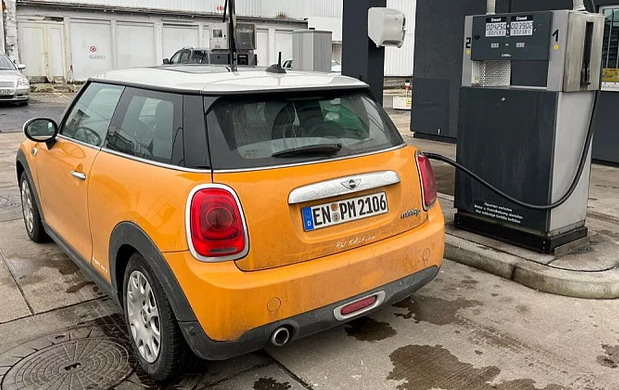FORD

American brand vehicles will use Bluetooth to detect invisible pedestrians
New models of Ford vehicles will be equipped with technology that will allow drivers to recognize the presence of a pedestrian in dangerous proximity, even if they are out of sight.
Ford says the technology is based on Bluetooth Low Energy (BLE) signals, which have become ubiquitous in modern devices due to their low power consumption and long range. The mobile application that Ford is currently working on will transmit information about the location of its owners – pedestrians or cyclists – to company vehicles equipped with an on-board SYNC system.
It remains unclear what requirements the Ford app will impose on smartphones and how exactly it will use the data it receives. In addition, there are doubts about the positioning accuracy of BLE signals, which is not very high over long distances, as shown in the results of a study by the Institute of Physics (IOP) carried out in 2019.
The researchers found that different BLE beacon positioning systems show similar test results and their average accuracy ranges from 0.79 to 2.28 meters. However, at a distance of 10 meters, the location accuracy becomes so low that, in the worst case, the error in determining the position of the BLE beacon can reach 7.81 meters. Thus, BLE technology will not give much space to stop a moving vehicle.
According to British insurance company RAC, a car from 65 km/h needs 14 meters of braking distance to come to a complete stop, which means that Ford's bet on BLE technology to detect pedestrians and cyclists may not be the best. technical option.
Ford claims that SYNC-enabled vehicles are already equipped with the necessary hardware to implement the technology, so no updates will be required. Jim Buczkowski, executive director of advanced research and development at Ford, said the new BLE technology will work in conjunction with existing Co-Pilot360 driver assistance technology, which detects pedestrians, cyclists and other hazards and can brake on its own if needed. “We are now exploring ways to expand detection capabilities into areas that are not visible to drivers to help people feel even more confident behind the wheel of cars,” he said.
Ford has several project partners, including Ohio State University and T-Mobile, the latter of which is working with Ford to create a 5G-based system that works similarly to a BLE-based pedestrian warning system. .
In the future, Ford intends to expand on technology under development to detect areas of road construction and workers, as well as other obstacles in the road that could pose a threat to a vehicle.
The company plans to showcase its developments in the BLE and 5G versions of the new technology at the Smart Transportation Society of America World Congress in Los Angeles this week.
AVnews

Nenhum comentário:
Postar um comentário